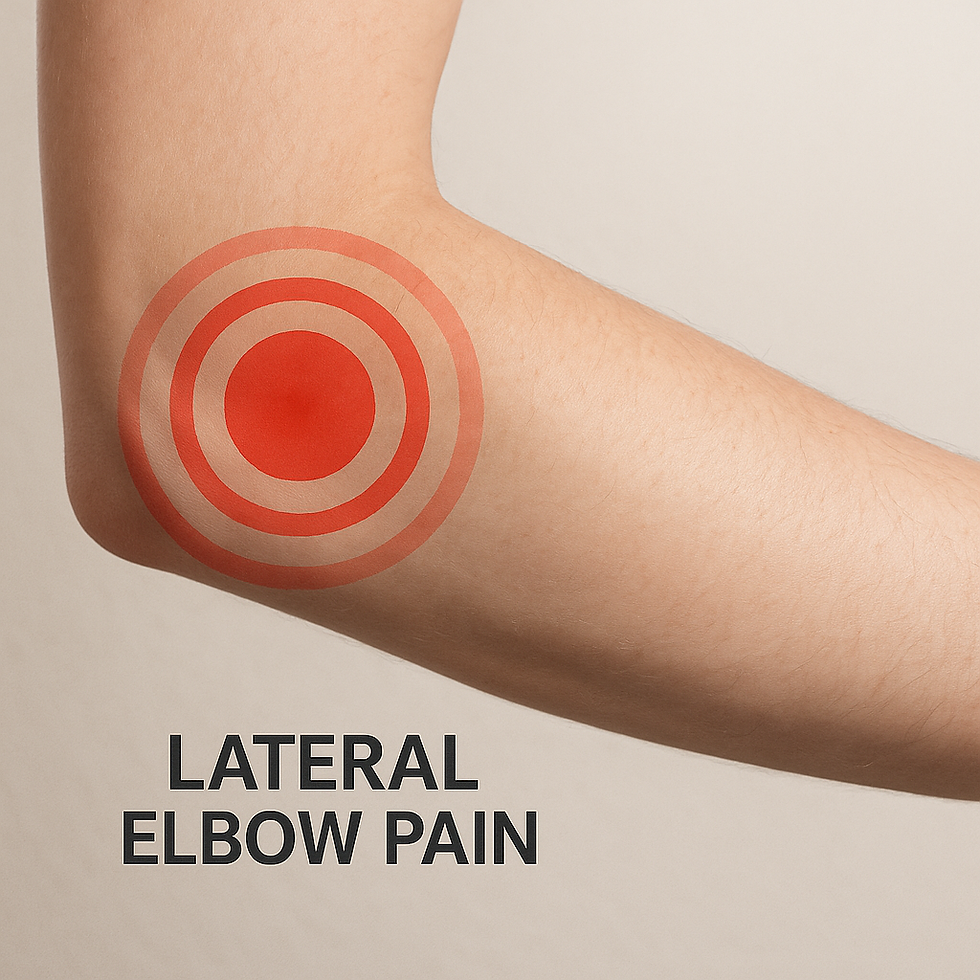Quit trying to isolate specific quad muscles, try this instead!
- Will

- Mar 15, 2022
- 3 min read
So you’ve been told that your thigh muscles are weak and that’s what’s causing your knee pain. Specifically, the medial (inside half) knee pain is a result of the Vastus Medialis (VM) being weak.
Prescription? Go to Physical Therapy and strengthen the VM!
First of all, what the heck is the Vastus Medialis?


The Vastus Medialis muscle is made up of two components; the Vastus Medialis Longus (VML) and Vastus Medialis Oblique (VMO).
The ‘O’ stands for oblique and is indicative of the orientation of the fibers. It’s the ‘inside of the knee’ quad muscle. Some call it the ‘tear drop’ (see photo) because of its distinct shape when large and defined.
The VM is one of four muscles that make up the quadriceps group that is responsible for extending/straightening your knee and keeping the kneecap oriented correctly relative to the bottom end of the thigh bone.
The VML’s role is the aid in knee extension while VMO’s role is to pull the kneecap towards midline (medially) and help keep it centered relative to the end of the femur.
You cannot perform one action without also performing the other.
An old school of thought was that you could independently target and strengthen the VMO by placing your feet, shins and thighs in various degrees of turn out.
In cadaver studies, attempts to identify independent innervation of the VM failed, as well as, attempts to find a delineation between the two portions of the VM resulted in damage to the muscle fibers themselves. Meaning you cannot divide this muscle into component pieces and strengthen them independently.
So why does this specific muscle get weak?
This muscle, by itself, cannot get weak. If the VMO atrophies the rest of the quad has atrophied as well.
If there is no objective atrophy in the quad but weakness is present, the weakness may be inhibitory. The brain does a fantastic job of protecting you when it feels like a tissue(s) are being threatened or overloaded.
When the brain interprets a motion or load as threatening it will buffer/inhibit your ability to produce force through a specific muscle group or even through the entire limb itself. Think of it along the lines of the brain pulling the emergency brake on your body to force you to stop before something catastrophic happens.
Specifically, knee pain can originate from one or several areas:
Poor Hip Mechanics
Glute Weakness
Glute Trigger Points
Poor Knee Mechanics
Quad Weakness
Quad Trigger Points
Hamstring Weakness
Hamstring Trigger Points
Poor Ankle Mechanics
Calf/Shin Weakness
Calf/Shin Trigger Points
Typically, most orthopedic/musculoskeletal aches & pains do not originate in the area that hurts. The area that hurts is often the overworked tissue(s) that are "picking up the slack" and contributing strength and/or motion that it was not designed to contribute for extended periods of time. So it gets overworked/fatigued/worn out and you get pain.
To counter this you have to take the time to resolve chronic muscle tightness, regain/rebuild strength in areas that have been underworked and restore motion in tissues/joints that haven't been challenged in a long time. It won't take the same amount of time to get better that it took to become dysfunctional but it also won't get 100% better after 1-2 visits. Slow, graded exposure to load, updated ranges of motion and driving control of the positions allows the brain to integrate these variables and make them more permanent.
If you're trying to reduce some of the tenderness in your quads, give this version a try!




Comments